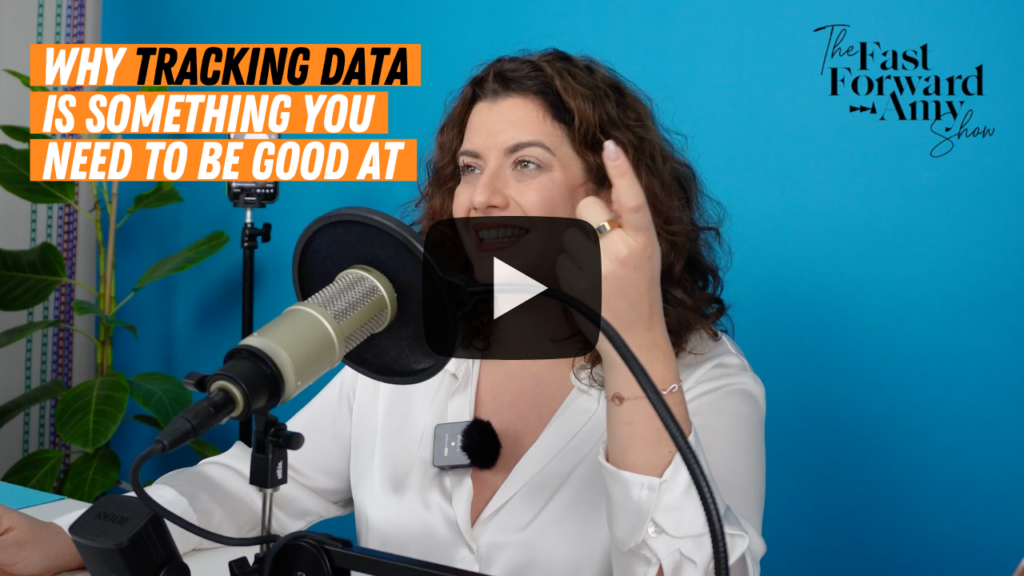We can’t talk about sales and sales data without talking about conversion rates. The objective of conversion rates is that you want to understand, compare and increase the performance of your different advertising channels.
That could be your email marketing, your Instagram. Whatever you want it to be…
What is a conversation rate?
So what is a conversion rate or conversion percentage? No, I don’t want to convert you into a cult.
A conversion rate represents the amount of people who took a desired action following a certain event.
For example, when I send out a broadcast, a conversion rate for me would be who opened the email and who clicked. Or when you host a webinar where you pitch to a certain offer; your conversion rate could be how many people actually bought your offer.
As a business owner, it’s fully up to you where to identify your conversion rate and what conversion rates matter to you.
Maybe the open rate of your emails isn’t crucial to you. And you’re more concerned about the conversion rates surrounding your webinars.
Know one thing: when you’re tracking conversion, you’ll also figure out where you’re losing people.
The trick is to get as high a conversation rate as you can, because logically that will lead to more sales.
A great example is a webinar because some entrepreneurs pour all of their focus in getting people to sign up but then forget to remind these people that the webinar is actually happening. It’s a lot easier to give the attendance rate of your webinar a boost instead of trying to get, let’s say, a 100 more people on your email list.
Let’s get mathing
But let’s get down to business: how exactly do you calculate a conversion rate?
Conversion Rate = number of people who took action/number of people you reached x 100
For example: 100 people clicked a button in the email you sent to a 1000 people, that means you’ll have a 10% conversation rate.
(100/1000 x 100)
The funny (or should I say ironic) thing about this calculation is that you learnt this at school. But in school they never taught you how to apply it in business.
It’s about the fact that you learn how to take control of your sales and learning how to actually hit your targets. This is something you do by finding out how many sales you need, how many leads, etc.
This same formula can help you calculate how many sales you need to get a specific conversion rate or how many leads you need to attract.

You don’t have to be good at maths
Something I hear a lot of my coachees say is that they are not good at maths when in reality, you might just not have been triggered in the right way.
Because who wants to count with apples and pears? No, I would much rather be counting money so maybe if they allowed us to do that in school, we would have been more interested in learning more things about maths.
However, don’t start stressing yet because you don’t have to be good at maths to be good at making money. Something you do need to be good at is tracking your data, such as conversion rates.
Knowing and tracking your data allows you to know what to invest your time, money and energy in.
A quote from Jeffrey Eisenberg that I want to leave you with is: “It’s much easier to double your business by doubling your conversion rates than by doubling your traffic.”
And always remember that what you measure is what you increase.
Do you want more tips on how to increase your income without working harder? Sign up for my free (and Dutch) “10 Hacks om je Omzet te Verdubbelen” webinar.
In this webinar, I share 10 hacks that you can apply to your business TODAY and will help you make more money. Sign up here: https://fastforwardamy.com/10omzethacks.
Watch this episode on YouTube or listen via Apple Podcast, Spotify or wherever you get your podcasts, and search for episode 174 of The FastForwardAmy Show.



Leave a Reply